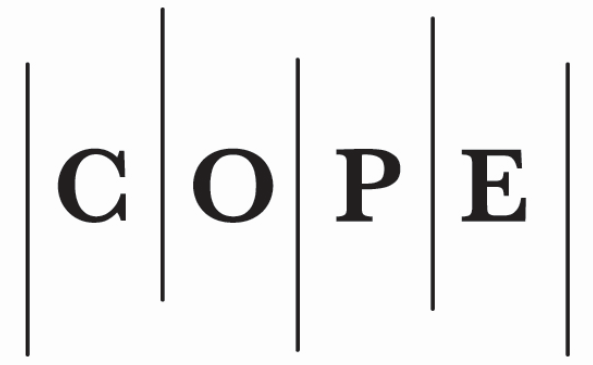RISK IDENTIFICATION: ESSENCE AND DETECTION METHODS
##plugins.themes.bootstrap3.article.main##
Abstract
Identification is the first and one of the main stages of risk analysis, if the existence or properties of risk events and their consequences are unknown, then it is impossible to effectively manage them.
A significant number of scientific works is devoted to questions of determination of the essence of identification of risks and methods of its carrying out. But with a large number of identification methods, the largest share among them is taken by experts, which makes this process subjective and dependent on the experience and level of awareness of managers, therefore, there is a need to develop recommendations for its implementation.
The purpose of the article is to reveal the essence of identifying the risks of enterprises, thedefinition of their main elements and the sequence of risk analysis in different approaches.
Identification of risks can be carried out both "top-down" and "bottom-up". If the first approach allows to determine the risks from the causes to the consequences with the further definition of risk situations and their characteristics, then the second works in the opposite direction and determines the risks from the risk situation to the consequences and their characteristics. The basic principle of identifying risks is to look at the process altogether. That is, the process should be considered as a black box. Information about the status of activity at the entrance, its research and analysis inside, the register of risks at the exit. From the point of view of identifying risks, this should be seen as: planning difficulties (something is wrong with the input), difficulties in implementation (inside), difficulties in the output (the desired result is not achieved), difficulties in measuring the results (unsuccessful reporting).
The recommendations and proposals presented in this article will contribute to the formation of
an organization's risk management culture, help monitor risk events, and build an effective risk
management system in an enterprise that brings entrepreneurs closer to international business standards.
The procedures and identification procedures that will be considered will best identify all the risks and
opportunities that will help build an efficient and responsible business.
##plugins.themes.bootstrap3.article.details##
Authorship Responsibility and Authors' Statements
The authors must submit the Author's Guarantee Form, declaring that the article submitted to Public Security and Public Order is an original work and has neither been published nor is under consideration for publication elsewhere. More so, the work has been carried out by the authors and the article does not contravene any existing copyright or any other third party rights. The AUTHOR'S GUARANTEE FORM could be found HERE
Authors contributing to Public Security and Public Order agree to publish their articles allowing third parties to share their work (copy, distribute, transmit) and to adapt it with a condition of proper referencing; the authors contributing agree to transfer all copyright ownership of the manuscript to the Public Security and Public Order.






